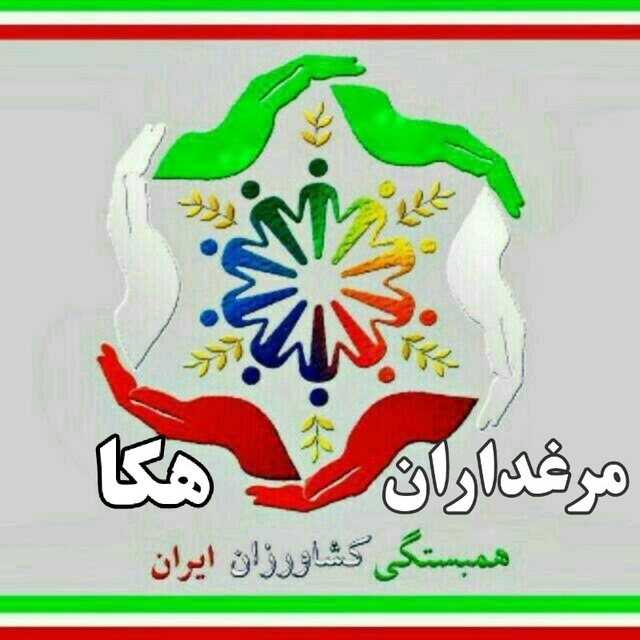While explaining the strengths and weaknesses of the Comprehensive Land Registry (Cadastre) Law, Khodaian said: Cadastre is the most important development infrastructure in any country, that is, whenever there is a need for accurate, correct and timely information and statistics, the cadastre and land registry plan It provides this possibility to all the stakeholders of the country.
The head of the country’s land and real estate registration organization noted: We list all the information about land and land and make it available to people; Its application is a comprehensive application and can be used in all economic, social, political and cultural planning.
He continued: The cadastre plan is used in different ways, what are the limits of the land and land use, and the value of the land for taxation, land ownership, vegetation and animal cover, and many bills are implemented on this plan; According to the statistics we have, our country has more than 162 million hectares of land, of which about 131 million 710 thousand hectares are national lands, 16 million 476 thousand cultivated lands, 1 million 350 thousand hectares of urban and suburban lands, and 450 thousand hectares That is rural lands and more than 12 million are other areas of the country.
Khodayian continued: In the field of national lands, we have stabilized twenty-three million hectares and it has been completed.
The head of the country’s property and documents registration organization stated: more than 10,000 hectares of cultivated land and 1,328,000 hectares of urban land have been established.
Referring to the obstacles to the implementation of the cadastre project, he said: One of the obstacles is the lack of budget allocation. When the representatives approved this law, they stipulated that the implementation of the project should be carried out from the project’s revenues, and the government did not allocate another budget if this law was implemented. We could have easily fulfilled our duty, but unfortunately, the income of this project has been spent elsewhere and has not been allocated to the registered organization, and more than 42% of it is allocated to the Red Crescent, which has nothing to do with the cadastre project.
Khodaian continued: Another part was allocated to the government and was not provided to the document registration organization, and therefore the amount provided to the organization was not sufficient for the implementation of this plan.
The head of the country’s real estate and documents registration organization stated: Another obstacle to the implementation of this plan is the non-cooperation of the government agencies, which must come to work.
Referring to the lack of manpower as another obstacle to the implementation of the cadastre plan, he stated in relation to the organization’s actions in the field of expanding electronic services and the way people use them, he stated: Currently, many systems in this organization are active and available to people, and this The systems have been notified.
Regarding notarized credit, Khodayian stated that through online communication with offices, quick inquiries are made: the problem that exists in the society now is the contracts that are arranged in a normal way and in many cases, they are faced with the sale of non-proprietary goods. we will be.
The head of the Country’s Real Estate and Documents Registration Organization stated: If people pay more attention to conduct their transactions in an official manner, the possibility of fraud and the sale of non-owned property will decrease, and on the other hand, costs will be reduced.
This post is written by saaa110
